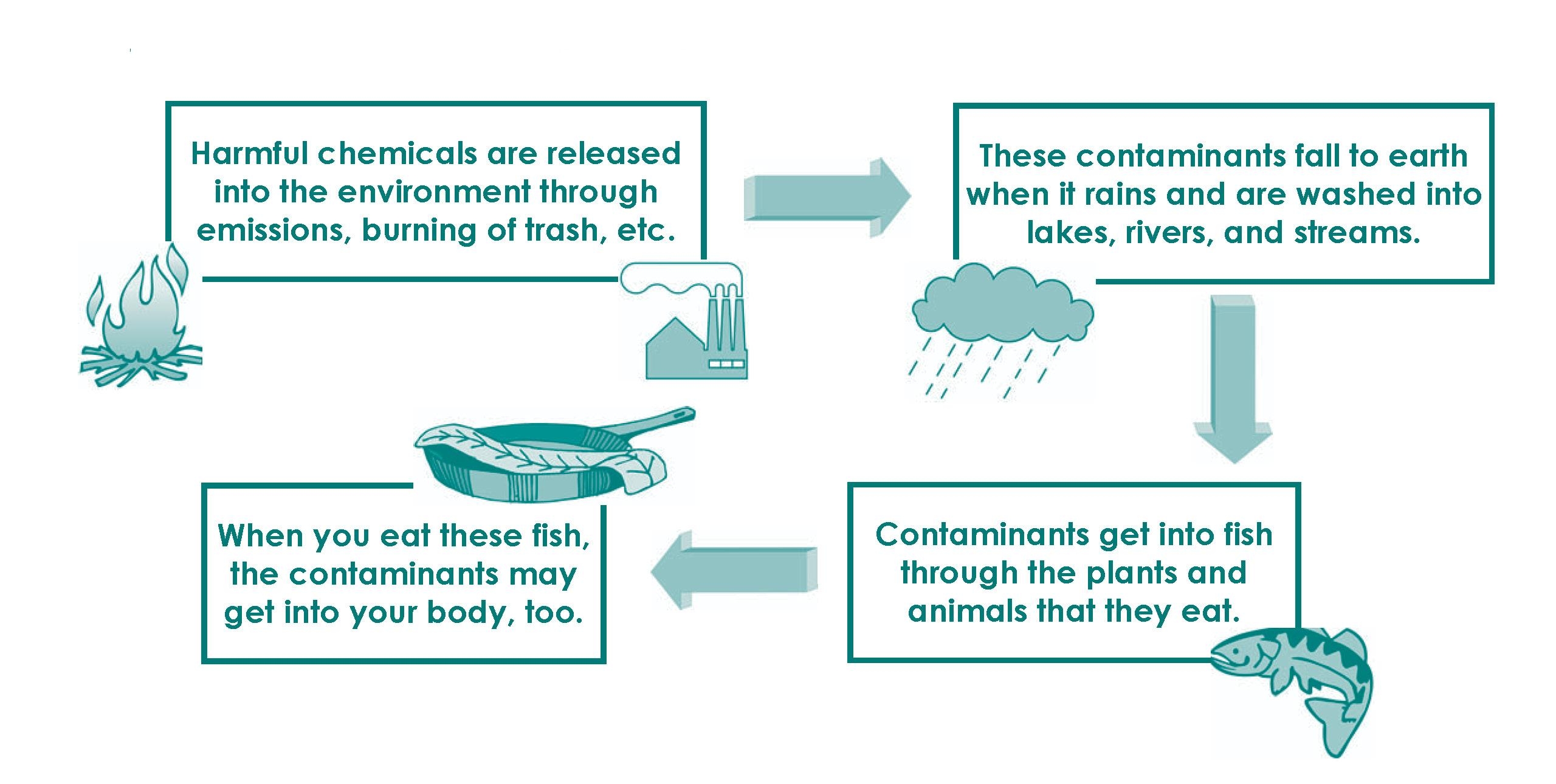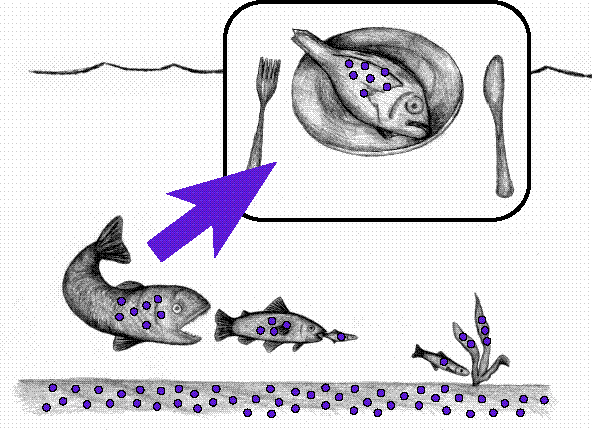Whether you are fishing to enjoy the outdoors, spend time with family, or catch dinner, you should always be safe about the fish you eat. The South Carolina Fish Consumption Advisories tell you where you should limit the amount of fish you eat and where it is safe to eat as much fish as you like.
NEW! Recommendations for Reducing Potential Exposure to PFAS from Eating Fish
As part of DHEC's strategy of determining the fate and transport of PFAS chemicals in South Carolina, samples of several aquatic species, including freshwater fish, oysters and blue crabs, were collected. This sampling was only a snap shot in time and this data, along with the ambient water data, public drinking water well data and private drinking water well initiatives, will help to inform our next steps.
Due to the small sampling size with this first collection of aquatic species, DHEC currently does not have enough data to issue science-based fish meal consumption advisories for PFAS. In the interim, while we are collecting additional data, we recommend the following advice to those who want to reduce potential exposure to these chemicals from eating fish:
- Reduce the consumption of certain species including, but not limited to, largemouth bass, bluegill sunfish, redear sunfish, and black crappie; and
- Eat only the fillets of fish (discarding the organs).
These recommendations are most important for sensitive populations, such as subsistence fishermen, children under 14 and women who are nursing, pregnant, or plan to become pregnant. We would also like to remind at risk populations, such as children under 14 and women who are nursing, pregnant, or plan to become pregnant, not to consume fish from waterbodies with existing fish consumption advisories.
Fish Consumption Advisory App
Advisories can now be viewed on our new GIS Fish Consumption Advisory App! This app shows up to date advisories, fish tissue sampling sites, and public boat landings across the state. Simply click on a highlighted waterbody to learn more about advisories at that location or use the search feature to locate specific waterbodies on the map. The "About" pop-up provides more guidance on what advisories are as well as additional resources for more information.
PRINTABLE FISH CONSUMPTION ADVISORY TABLE (pdf)
10 pages - Alphabetical listing of all the waterbodies with advisories -New as of March 2020




